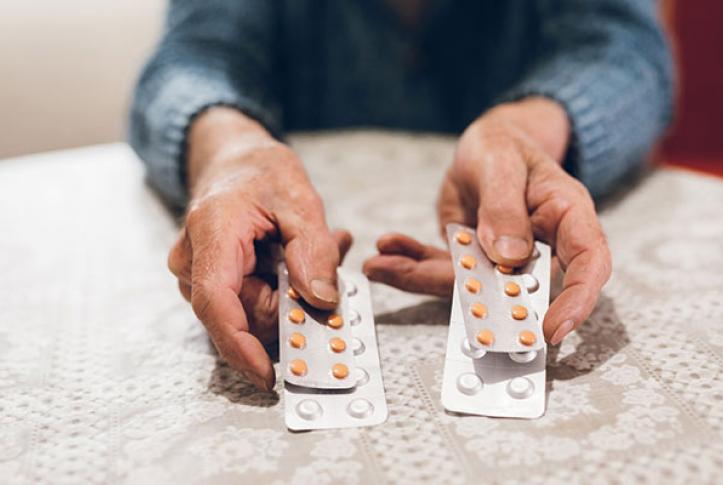The Issue
Generic drugs — lower-cost alternatives to brand-name drugs — are a popular tool for curbing pharmaceutical spending. Because they lower costs to payers (and in the case of Medicare, taxpayers), patients typically face lower cost-sharing for these products. But that’s not always the case for Medicare beneficiaries with Part D outpatient drug coverage.
Some people enrolled in a Part D drug plan spend more filling generic drug prescriptions than their peers spend on brand-name equivalents. One reason is that Medicare patients using brand-name drugs reap a cost reduction that users of generics don’t — a manufacturer discount that counts toward their out-of-pocket spending. Adopted as part of the Affordable Care Act, the discount means that beneficiaries who use higher-cost branded drugs sometimes end up spending less of their own money than those taking a lower-cost generic.
The Bipartisan Budget Act (BBA) of 2018 modified the Part D benefit to ensure that beneficiaries would not pay more for biosimilars (generic versions of large-molecule drugs, or biologics) than their brand-name counterparts. However, this protection does not extend to generic drugs. A Commonwealth Fund–supported study looked at nine brand-name products with generic or biosimilar equivalents to see how the current Part D benefit design affects out-of-pocket spending.
$869 to $1,072 Range of overpayments for specialty generic drugs relative to brand-name drugs in 2019
What the Study Found
- Median prices for a standard prescription of generic or biosimilar drugs were consistently lower than those for brand-name drugs. Savings averaged 38.1 percent, ranging from 8.6 percent to 94 percent.
- Overpayments for specialty generic drugs relative to brand-name drugs ranged from $869 to $1,072 in 2019.
- Before the BBA, biosimilars required higher annual out-of-pocket spending relative to brand-name drugs. After the BBA’s enactment, out-of-pocket spending for biosimilars decreased. Nevertheless, out-of-pocket spending for generic drugs is rising relative to brand-name drugs because manufacturer discounts have increased from 50 percent to 70 percent.
- For patients who spend $27,052 annually on prescription drugs (the average level of drug spending in 2015 for a high-cost enrollee), discounts for generic drugs would need to be at least 65 percent of the brand-name drug price for the patient to save money relative to the branded drug.
The Big Picture
By lowering patients’ out-of-pocket spending for biosimilars but not for generic drugs — and by increasing discounts on brand-name products — the BBA perpetuated incentives for doctors and patients to opt for higher-cost brand-name drugs, the study’s authors say. This raises several concerns. Incentives to use brand-name products may decrease the market share for generics or even discourage manufacturers from developing more of them. Moreover, patients may not have the option in their Part D plans to switch between brand-name and generic drugs, as plans may not offer both. To address the problem, the authors suggest eliminating manufacturer discounts from out-of-pocket spending calculations or extending to generics the discounts currently available for brand-name drugs and biosimilars.
The Bottom Line
Manufacturer discounts can create a perverse incentive for Medicare beneficiaries to select higher-price brand-name drugs instead of their generic counterparts. Policymakers could consider modifying the Part D benefit to ensure that generic drug users are not penalized.
